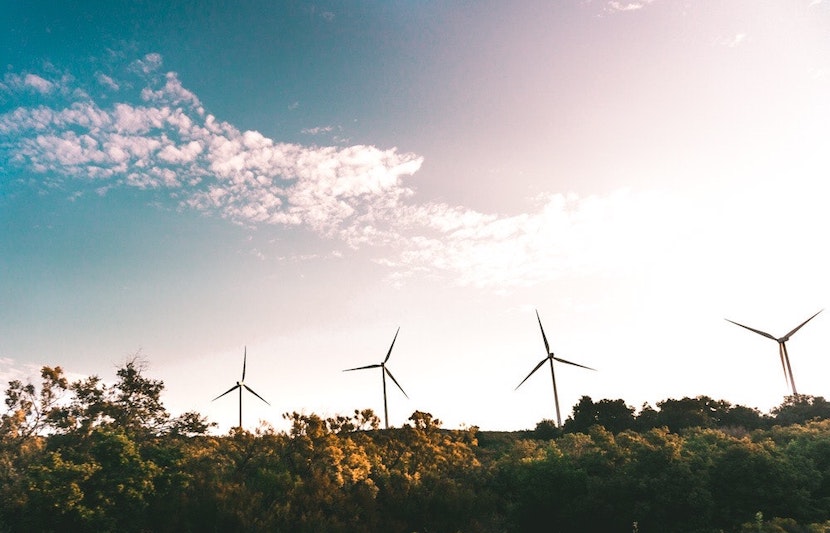Researchers from the University of Central Florida (UCF) and Virginia Tech have developed a sustainable method of producing ammonia, a compound of nitrogen and hydrogen, which is vital for life on earth, including the production of food to feed the increasing world population.
The advancement is an important step toward sustainability for an industry long dependent on fossil fuels, and could lead to a greener way to feed the world.
The paper is published in the journal Nature Communications.
Ammonia plays an important role in the manufacture of a wide variety of products, from textiles to explosives.
Because it holds so much value in a wide variety of industries, ammonia is one of the most highly produced inorganic chemicals in the world, with the U.S. being one of the world’s leading producers and consumers.
About 88 percent of ammonia in the U.S. is used for fertilisers.
Problems with existing methods
For all that ammonia provides as a fertilizer, its production comes with major environmental costs.
The Haber-Bosch process, which has been the most common method of ammonia production since World War I, requires high temperatures and tremendous pressure.
Nitrogen and hydrogen molecules must be heated to temperatures between 662° to 1022° F under between 2,200 and 5,100 pounds per square inch of pressure.
As a result, the process consumes 1-2 percent of the global annual energy supply, said Xiaofeng Feng, an assistant professor of physics at UCF who led the research team.
So while the invention of this process helped spur the rise of large-scale industrial agriculture to feed the ever-growing world population, it is responsible for prolific greenhouse gas emissions — about 3 percent of the world’s carbon emissions — and groundwater contamination, both of which are detrimental to local ecosystems and the global environment.
The heavy environmental costs have inspired many recent efforts to make ammonia production more sustainable.
One approach that scientists have been exploring is finding ways to produce the chemical under milder conditions and using electrical energy.
“An electrochemical approach can enable sustainable ammonia synthesis using electricity from renewable energy sources such as solar and wind,” said Feng.
Unfortunately, electrochemical methods have proven to this point to be too inefficient to be used in large-scale ammonia production.
They have typically used a conventional mechanism, called a “proton-coupled electron transfer process,” in which active electrons passed through an electrode are used to drive the reaction, with water serving as the hydrogen source.
Through this method, ammonia is produced, albeit inefficiently and at a low reaction rate.
Feng’s improved method
Feng’s team, however, has found a way to develop more energy-efficient electrochemical processes.
The method uses palladium hydride as a catalyst, which enables the electrons to be used much more efficiently.
Palladium, which is highly active for hydrogen evolution reaction, a reaction that competes with the ammonia synthesis reaction, had previously received little attention as a catalyst for electrochemical ammonia production, Feng explained.
“Our research discovered that palladium catalyst can enable a high activity and selectivity with a minimal overpotential (or electrical energy), due to a unique hydride transfer mechanism enabled by palladium hydride,” he said. “This new mechanism may not only provide a new route for sustainable ammonia synthesis, but also inspire peer researchers to use the principle to address other reactions for renewable energy conversion.”
What’s next?
Moving forward, the researchers intend to continue to develop and optimize their method of ammonia synthesis.“Our next step is to further understand and improve the catalytic process using advanced techniques such as synchrotron-based X-ray spectroscopy and gas-diffusion electrode,” said Feng. “We will also develop more efficient catalysts with low palladium loading or non-precious metals for ammonia synthesis.”



